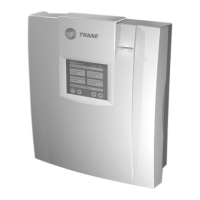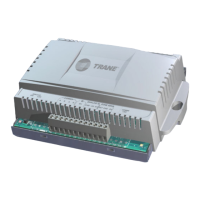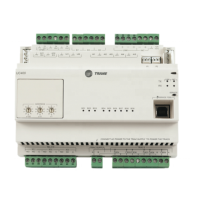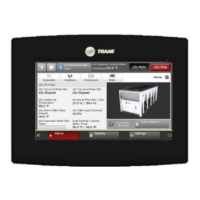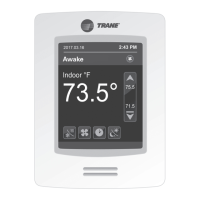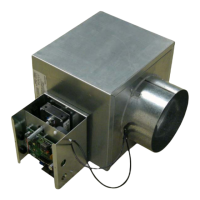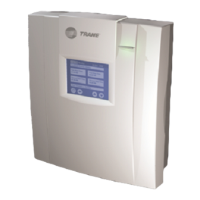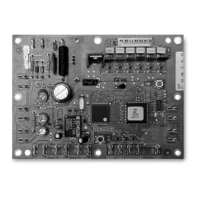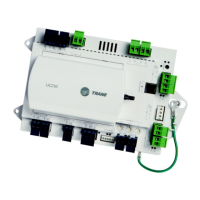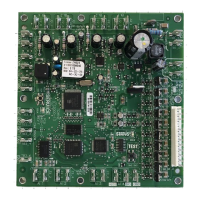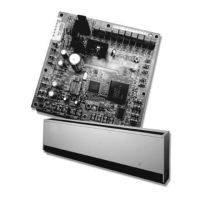Chapter 4 Using the Schedule application
60 CNT-SVP01C-EN
For more information about the manual command request priority, see
Table 2 on page 62. For more information about network variable inputs,
see Chapter 10, “Network variable bindings.”
Time schedule
Building automation systems normally communicate an occupancy
request using the occupancy schedule input. The controller receives the
communicated occupancy schedule from the network variable input
nviOccSchedule. An occupancy schedule may also be communicated
locally through the Schedule application. The local schedule could be from
the week-day schedule or the exception schedule. The occupancy request
from nviOccSchedule, sent from a BAS, takes priority over the local
schedule.
For more information about the time schedule request priority, see
Table 2 on page 62. For more information about network variable inputs,
see Chapter 10, “Network variable bindings.”
Occupancy sensor
Some occupancy sensors may be equipped with the ability to communi-
cate an occupancy mode to the controller. In such sensors, network vari-
able input nviOccSensor is used to communicate occupancy to the
controller. The controller must be using the SCC profile to use this vari-
able.
For more information about an occupancy sensor request priority, see
Table 2 on page 62. For more information about network variable inputs,
see Chapter 10, “Network variable bindings.”
Occupancy binary input
A binary input on the controller can be used as an occupancy input if it is
set up on the Occupancy Inputs tab in the Schedule application. For
stand-alone controllers (any unit not receiving a communicated occu-
pancy request, typically from a building automation system), the occu-
pancy binary input determines the occupancy of the unit based on the
hard-wired signal. Normally, the signal is hard-wired to a binary switch
or time clock.
For controllers that receive a communicated occupancy request from a
building automation system, the hard-wired occupancy binary input is
used with a communicated occupancy request to place the controller in
either occupied mode or occupied standby mode.
If both a hard-wired input and a communicated input exist, the communi-
cated input is used. For more information about occupancy binary input
request priority, see Table 2 on page 62.
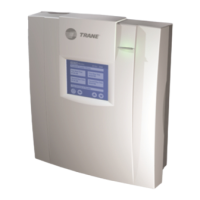
